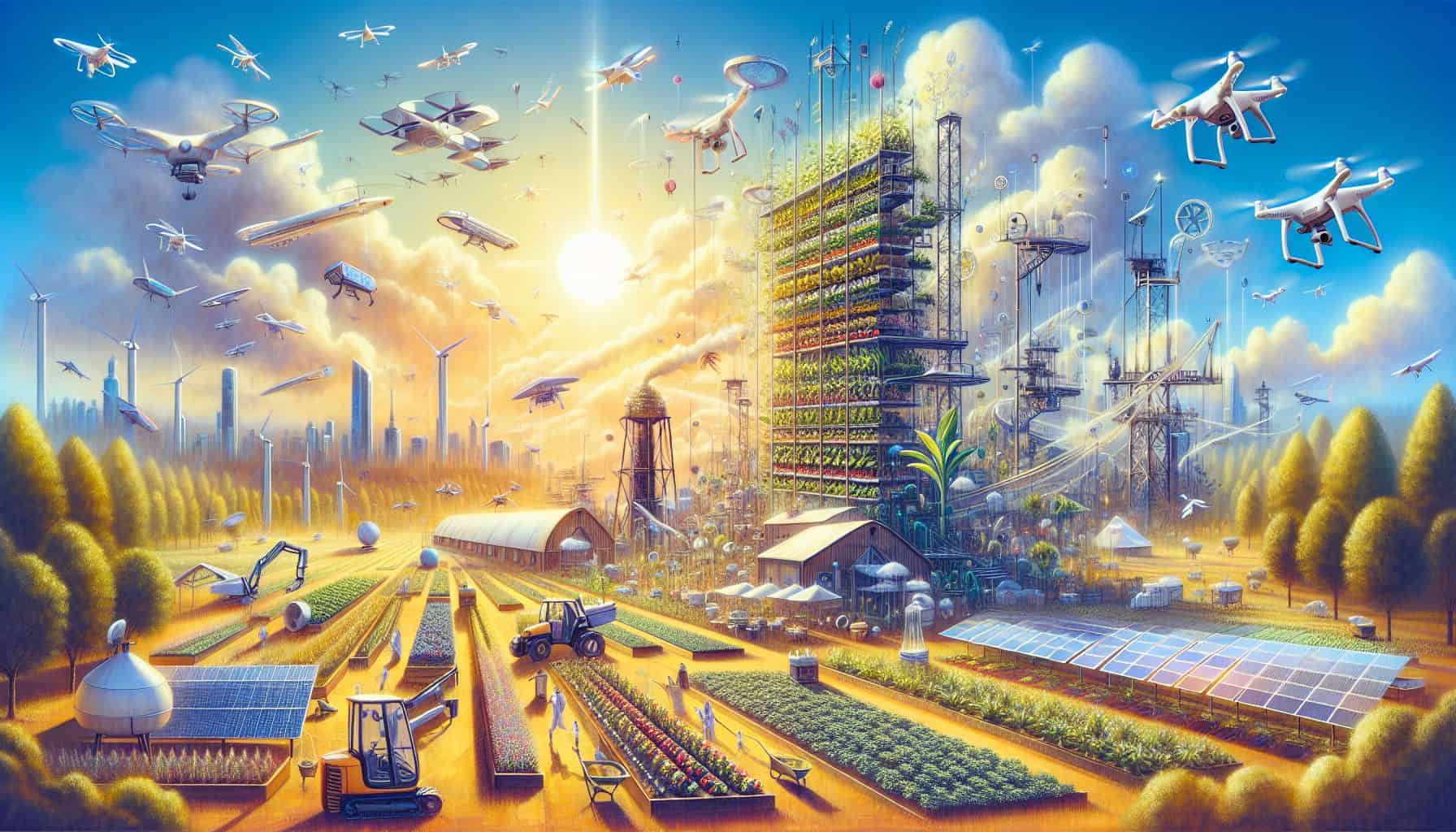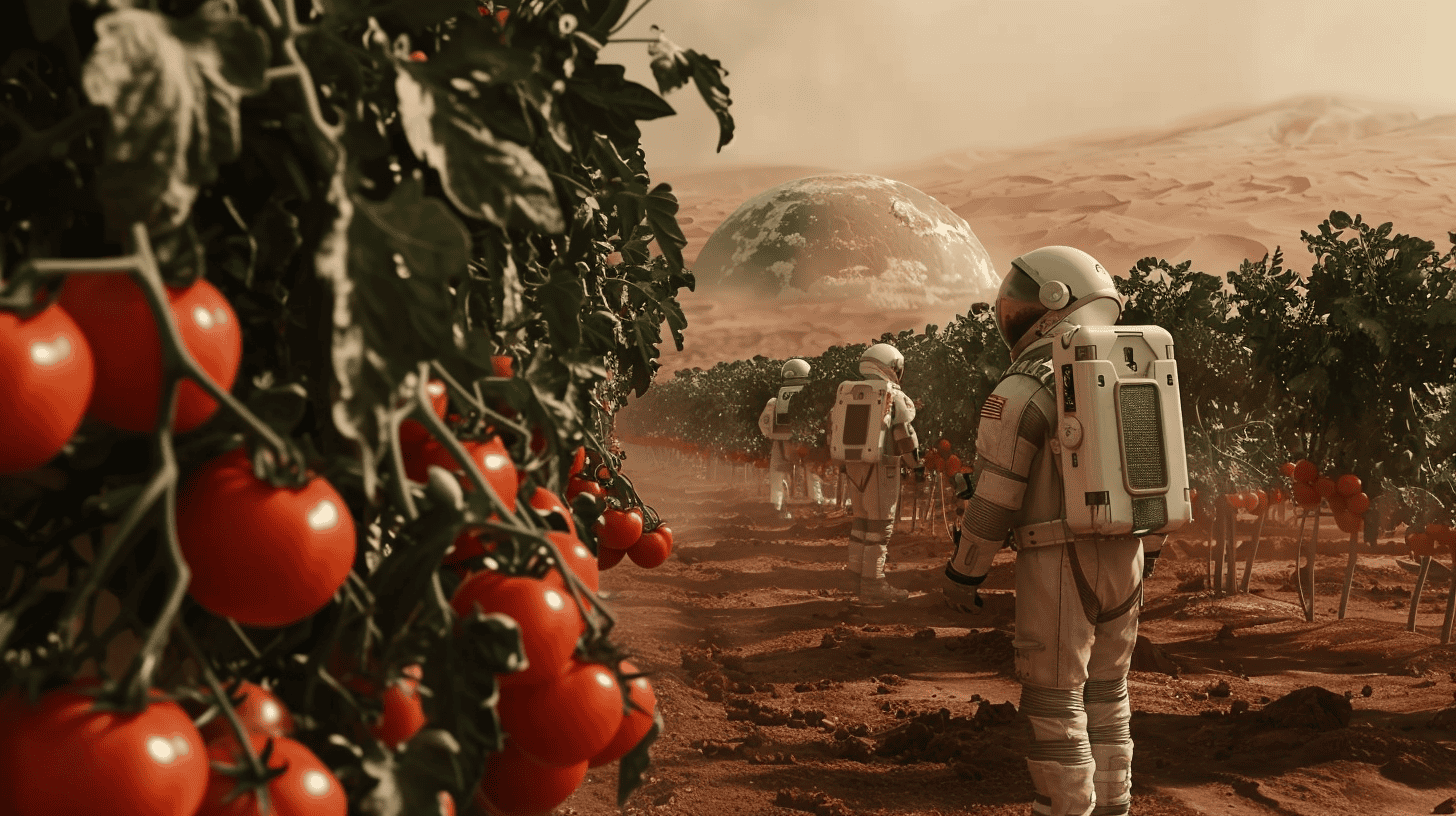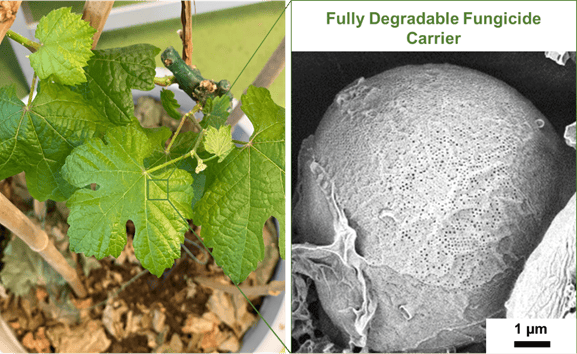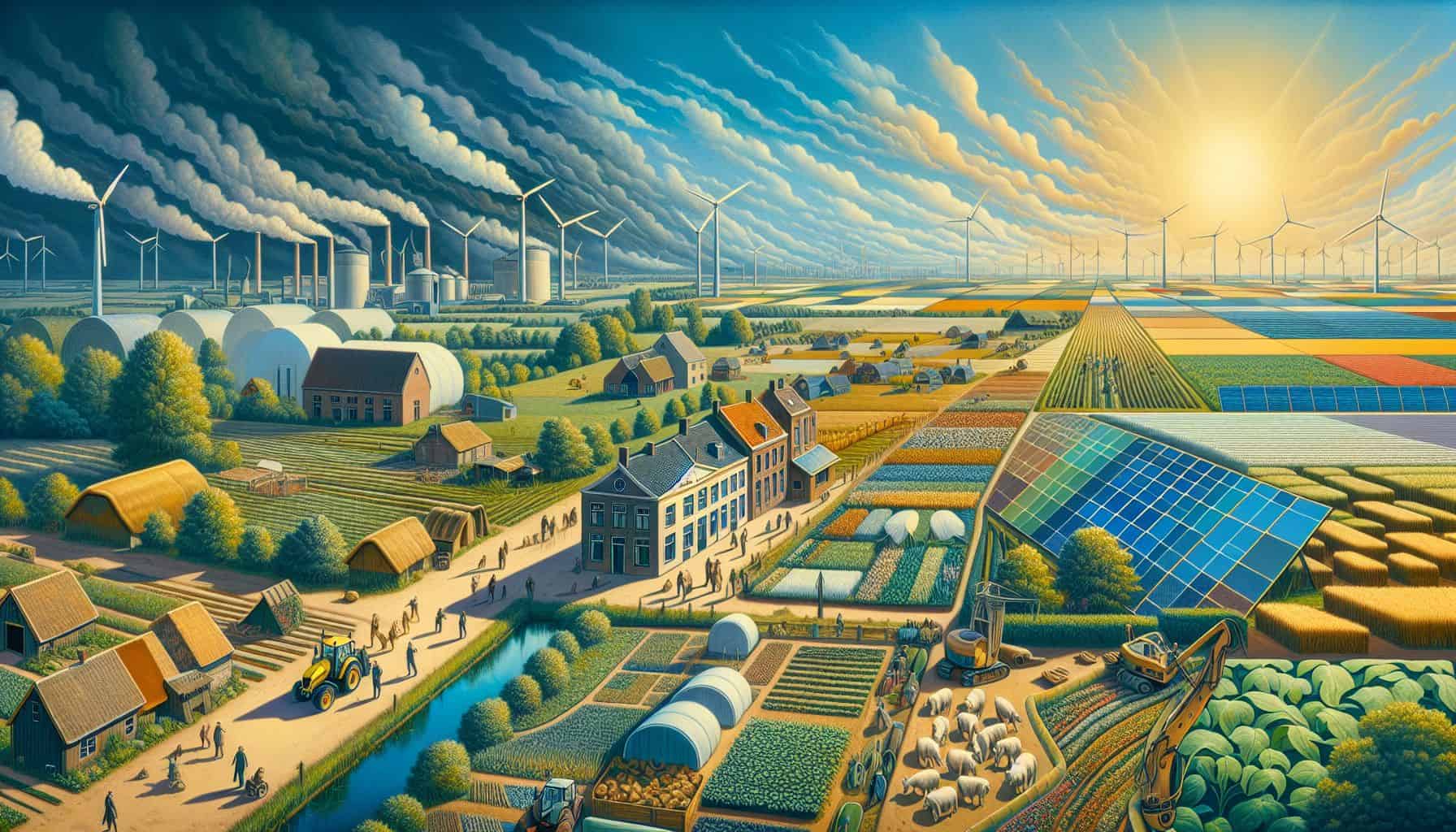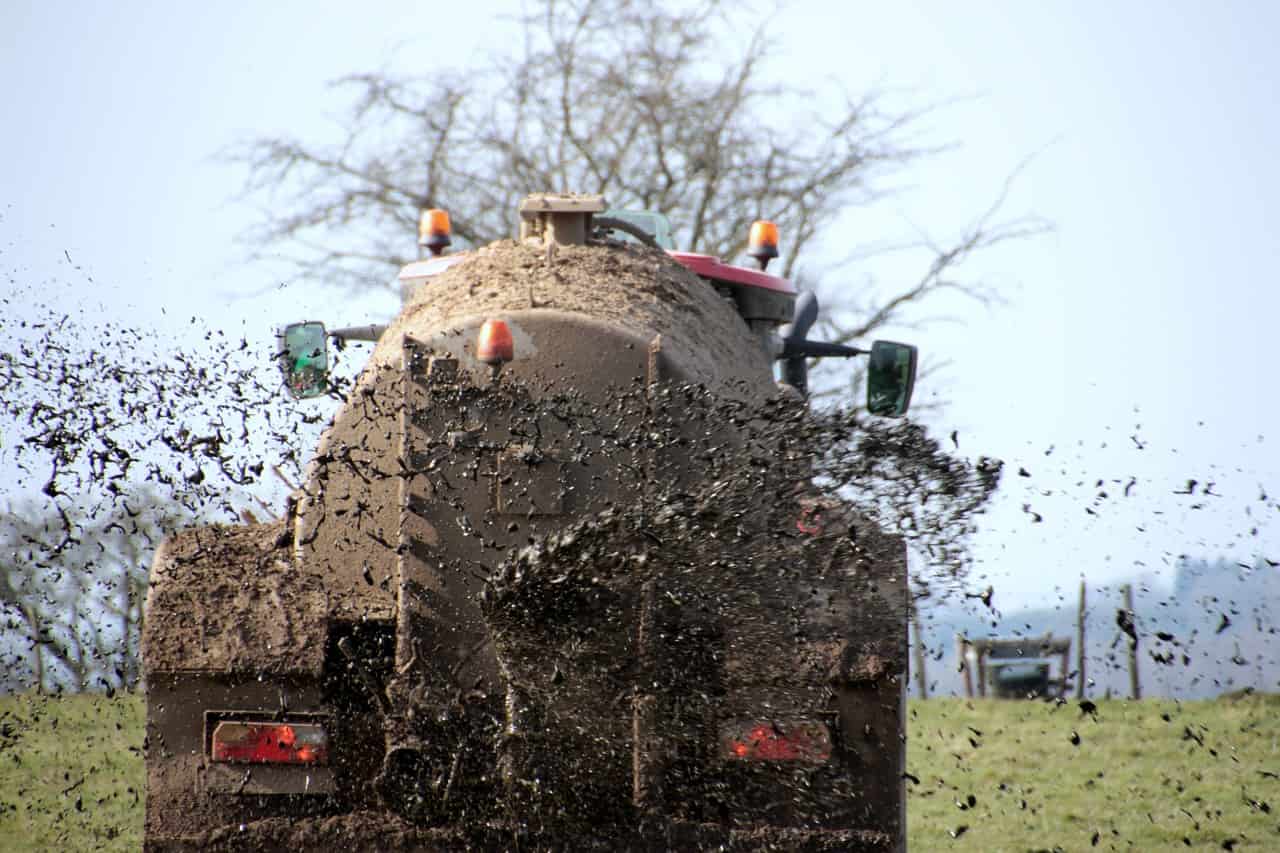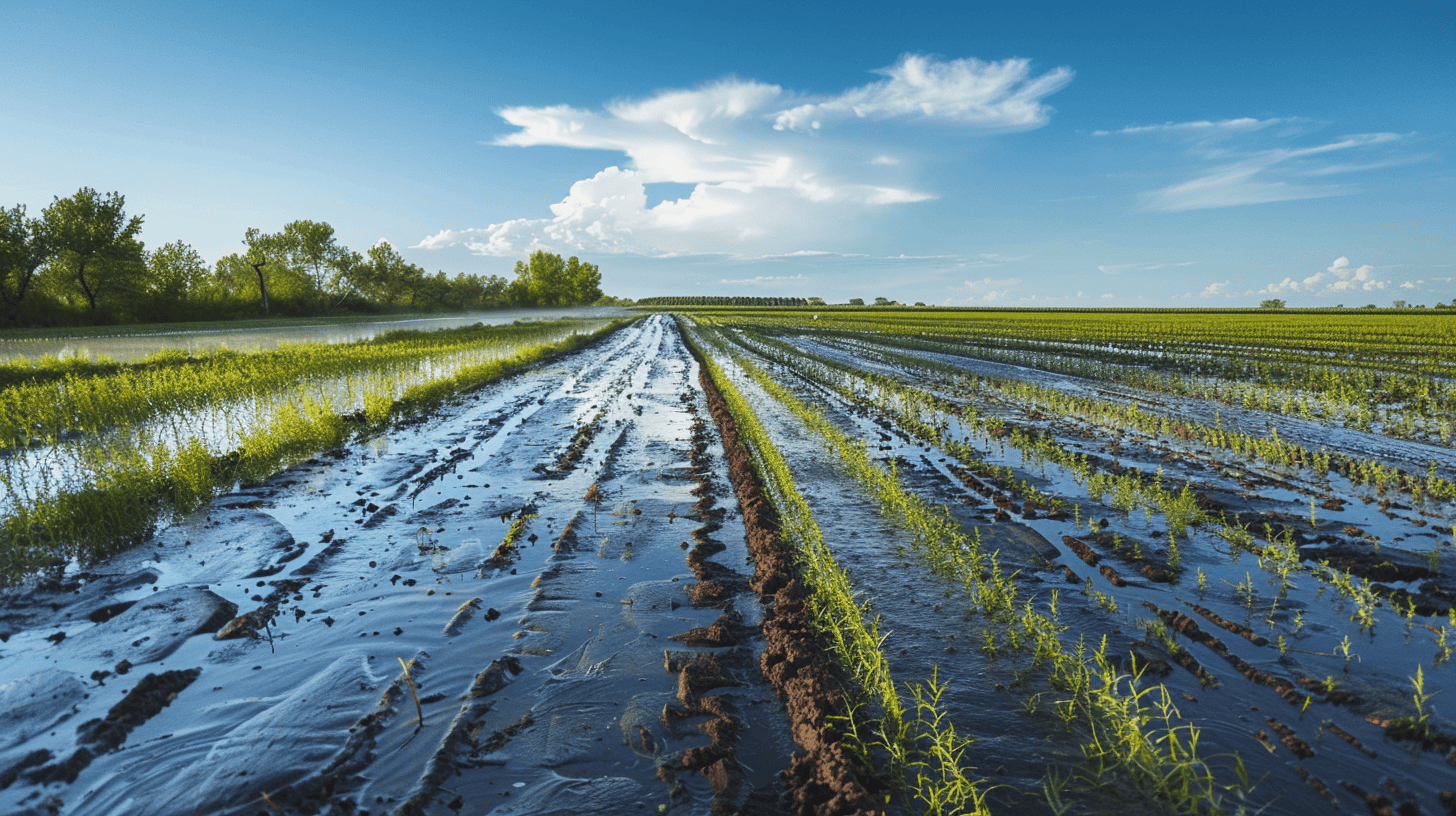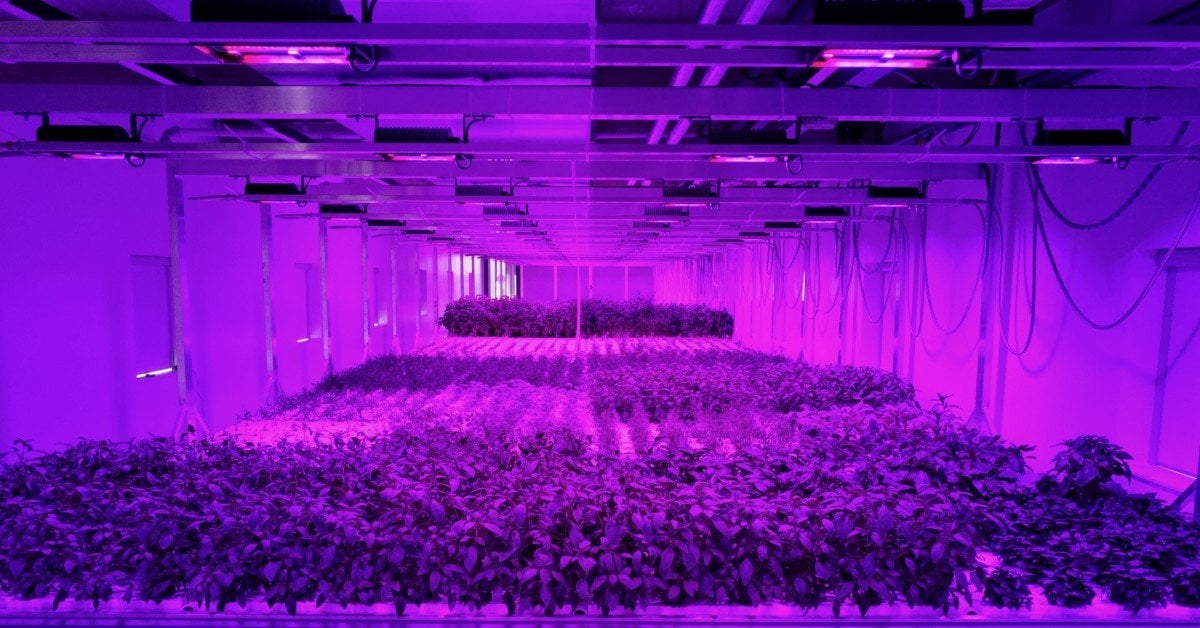
World Economic Forum (WEF) asked a group of international technology experts to identify this year’s Top 10 Emerging Technologies. After soliciting nominations from additional experts around the globe, the group evaluated dozens of proposals according to a number of criteria. Do the suggested technologies have the potential to provide major benefits to societies and economies? Could they alter established ways of doing things? Are they likely to make significant inroads in the next several years? “Technologies that are emerging today will soon be shaping the world tomorrow and well into the future – with impacts to economies and to society at large”, said Mariette DiChristina, Editor-in-Chief of Scientific American, and chair of the Emerging Technologies Steering Committee. In our constant lookout for the origins of innovation, IO will present WEF’s top-10 emerging technologies in a 10-part series. Today: Smarter fertilizers.
After part 10 has been published, the whole series can be found here
When Innovation Origins publishes about agriculture, it’s mostly about agrotech. You might have read about indoor farming, a milking robot, intelligent greenhouses, a food-scanner, the cultured meat burger, a device to determine the health of plants, it’s even about food made from air. We also explored how (and why) to bring tech to the farm. And that’s what WEF has also done. To feed the world’s growing population, farmers need to increase crop yields, WEF’s researchers note. “Applying more fertilizer could help, but standard versions work inefficiently and often harm the environment. Fortunately, products that are more ecologically sound – controlled-release fertilizers – are available and becoming increasingly smart.”
Farmers typically fertilize crops in two ways. They spray fields with ammonia, urea or other substances that generate the nutrient nitrogen when they react with water. And they apply granules of potash or other minerals to produce phosphorus, also in reaction to water. But relatively little of those nutrients makes its way into the plants. Instead, much of the nitrogen goes into the atmosphere in greenhouse gases, and phosphorus ends up in watersheds frequently triggering excessive growth of algae and other organisms. Controlled-release formulations, in contrast, can ensure that significantly higher levels of nutrients reach the crops, leading to higher yields with less fertilizer.
Slow-release fertilizers
A class known as slow-release fertilizers has been sold for some time. These formulations typically consist of
tiny capsules filled with substances that contain nitrogen, phosphorus and other desired nutrients. The outer shell slows both the rate at which water can access the inner contents to liberate the nutrients and the rate at which the end products escape from the capsule. Fertilizers that more fully fit the description “controlled release” have been developed recently – made possible by sophisticated materials and manufacturing techniques that can tune the shells so they alter nutrient-release rates in desired ways as the soil’s temperature, acidity or moisture changes.
Although controlled-release technologies make fertilizers more efficient, they do not eliminate all drawbacks of fertilizer use. The products still include ammonia, urea and potash, for example; producing these substances is energy-intensive, which means that their manufacture can contribute to greenhouse gas production and climate change. This effect could be mitigated, however, by using environmentally friendlier sources of nitrogen and incorporating microorganisms that improve the efficiency of nitrogen and phosphorus uptake by plants. There is no evidence that the materials composing the shells hurt the environment, but this risk must be monitored whenever any new substances are introduced in high volumes.
Precision Farming
Controlled-release fertilizers are part of a sustainable approach to agriculture known as precision farming. This approach improves crop yield and minimizes excessive nutrient release by combining data analytics, AI and various sensor systems to determine exactly how much fertilizer and water plants need at any given time and by deploying autonomous vehicles to deliver nutrients in prescribed amounts and locations. Installing precision systems is costly, though, so only large-scale operations tend to have them. In comparison, advanced controlled-release fertilizers are relatively inexpensive and could be a front-line technology that would help farmers to sustainably increase crop production.
(Most of this article is drawn from the 2019 Top 10 Emerging Technologies report)



